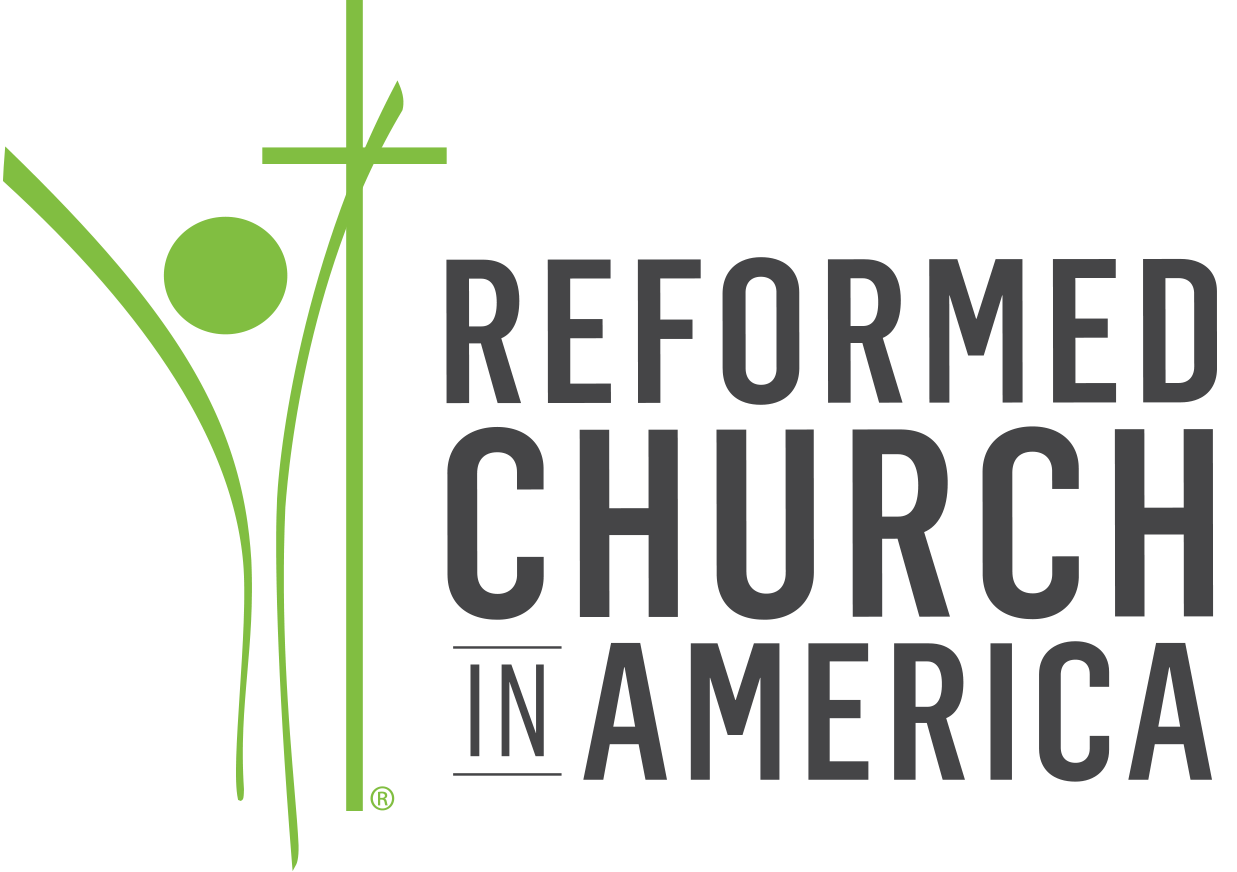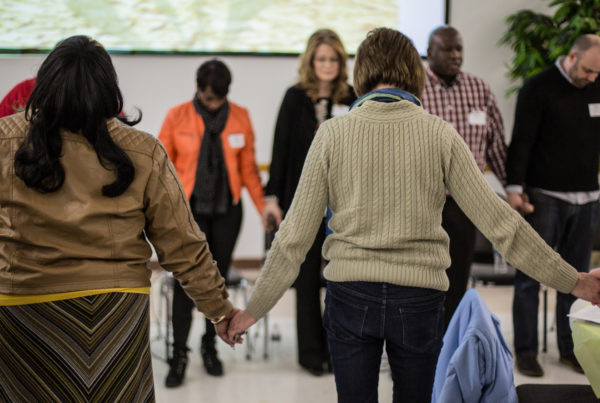Meredith Drive Reformed is using cultural agility to bridge generation gaps. Here’s what they’ve learned so far.
Suzanne Vogel wishes being a multigenerational church were more like rocket science.
“I want a formula,” says Vogel, the lead pastor of Meredith Drive Reformed Church in Des Moines, Iowa. “I want a program or a book that tells me how to do this. And Jesus just says, ‘I want patience, gentleness, and humility.’”
Jesus’s instructions are more like a family recipe scribbled on scrap paper than a mathematical formula. But just like in cooking, it helps to start with a good technique. Meredith Drive found theirs in a cultural agility learning community.
Cultural agility is the skill of adjusting your style to communicate well with people who are different from you. It’s most often used to connect people with different cultural or racial backgrounds. “But we realized that we needed cultural agility for many different places in our congregational life, one of them being intergenerational relationships,” says Gary Hanson, Meredith Drive campus pastor.
Meredith Drive has members of every age group. But most of the church leaders belong to Generation X. And there are fewer members in their 20s than other age groups.
“We thought, maybe [younger generations] aren’t feeling heard,” says Vogel, a member of Generation X. “So we wanted to have a conversation that would recognize that there are differences—that each generation has a set of biases and assumptions that need to be acknowledged and worked with.”
As part of the cultural agility learning community, a group from Meredith Drive gathered for a weekend to start this conversation. They explored how generational differences impacted their view of church and each other. Earl James, the RCA’s coordinator of cultural agility and advocacy, and Tamber Bustance, diversity development services manager at Woodrick Diversity Learning Center, served as facilitators.
“Earl and Tamber helped us listen to each other,” says Hanson. “When you’re doing these exercises, it’s really helpful to have someone remind you what careful listening requires.”
In one exercise, people were divided into three tables by generation. Using images from magazines, each generation made a collage that represented their generation. Then they explained their collages to the group.
Hanson, who considers himself an “Xennial”—somewhere between Generation X and Millennial—appreciated the chance to hear from the oldest group, which included Baby Boomers and members of the Silent and Greatest Generations.
“They were able to paint a picture of the changes they’ve seen in their lives,” he says. “I realized how quickly change happens. If it feels fast for me, the feeling of change happening quickly is exponentially faster for the folks that are older than I am.”
Moving forward, Hanson and Vogel hope to use cultural agility to navigate change in their church with compassion. This is something Vogel thinks the older members of Meredith Drive can teach younger generations a lot about.
“My hope is that we would create a culture of mutual submission and humility, where everyone is working to grow, where we consider others before ourselves,” she says. “Our older generations have worked to do that already and can model it for us.”
That’s certainly been the case for Hanson, who says that “they have shown me the 70-year-old I hope to be.”
The older generations’ humility and openness to learning were on display when the Millennial group shared their collage.
Bailey Simpson, Meredith Drive’s student ministry associate, recalled sharing the collage: “We talked about how we’re viewed as vain, shallow, and too focused on technology, how people think we are all running away from church. We said people think we don’t have specific goals or that we’re lazy. … The people in the room had this confused look on their faces. It turned out that wasn’t how they saw us.”
Although the other generations in the room had a more positive view of Millennials than Simpson expected, they were concerned about how many Millennials leave the church. This came up in conversations throughout the weekend.
“We had a great group of Millennials be part of the exercise, but they were the ones who were already invested in the church,” says Vogel. “We realized we didn’t hear from the people who aren’t choosing the church or children of the church who walked away. Our next step is to gather some of those folks in a neutral space to have a conversation where they can be heard.”
Ministering to this group will mean making some changes. “We’re going to have to keep growing and changing and finding ways to feed each generation spiritually,” says Vogel. That won’t be easy, but she is determined.
“We have a God who says, ‘Do not be afraid,’ and ‘we are one body, with one Spirit, called to one hope,’” says Vogel. “Yet our cultural context is very fearful. The church needs to find a way to rise above that.
“The world is at our doorstep now. By necessity, that means crossing cultures. It’s messy, and it’s hard, and it calls us to humility. It requires the power of the Holy Spirit in a way that few things do. If I’m going to link arms and do life with people who are different than me, that requires Christ dwelling in us. And it’s the heart of the gospel. That’s the reason we have to pursue this. It’s commanded by Jesus.”
GET AGILE
Want to get better at communicating with people who are different from you? Email Earl James, the RCA coordinator of cultural agility and advocacy, at ejames@rca.org. “The way that Earl and Tamber have coached us has really been phenomenal,” Hanson says. “Their experience, their encouragement, and the ways in which they have moderated us have been so valuable. I want other churches to know this is available to them as a resource.”





